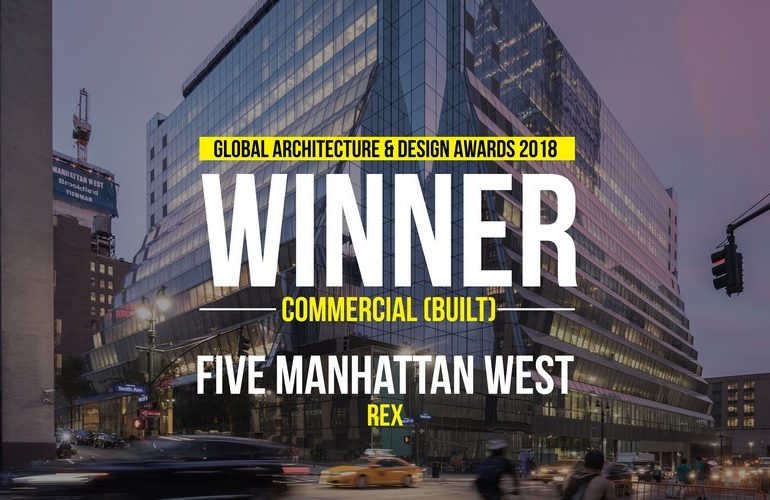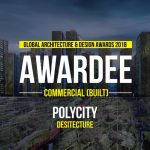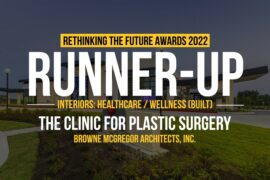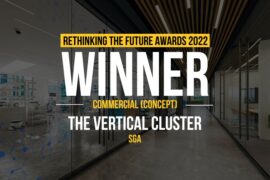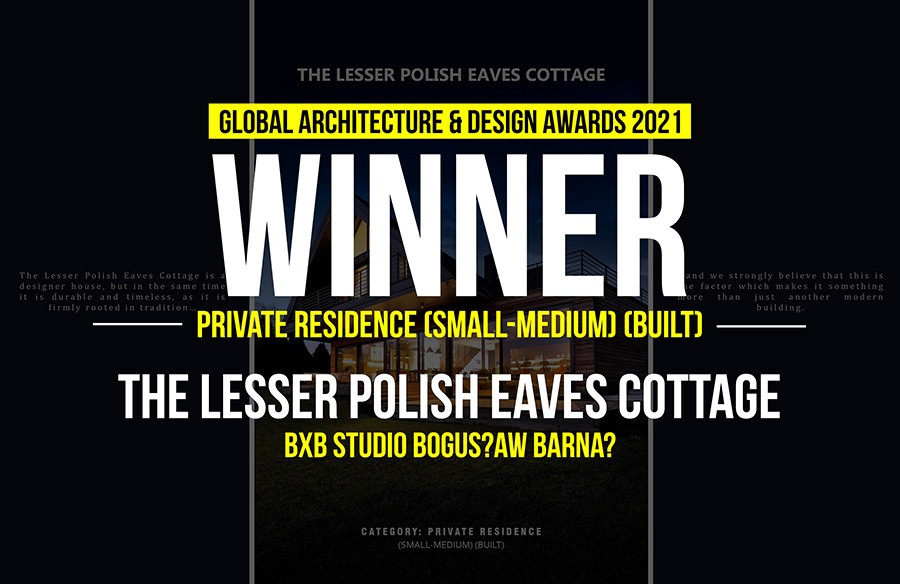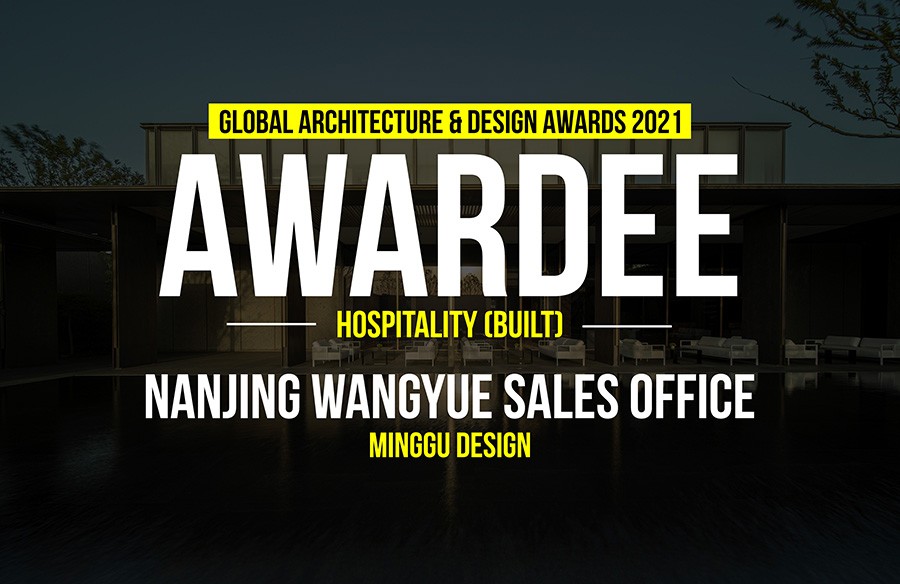Originally completed in 1969, 450 West 33rd Street (now Five Manhattan West) is an exemplar of late Brutalism. Its steel bridge structure spanning Penn Station’s rail lines supports a cast-in-place concrete column-and-slab frame, with 20-degree-sloping perimeter columns and walls, massive floor plates (86,000 sf to 124,000 sf), and unusually high ceilings (16.5 ft).The building’s enclosure was originally composed of precast concrete fill-in panels with integrated windows. During the 1980s, the building’s hard beauty was neutered when its external structural elements were painted beige and its fill-in wall panels clad in brown-colored metal siding.
Global Architecture & Design Awards 2018
First Award | Category: Commercial (Built)
Architect: REX
Team Personnel: Cheryl Baxter, Qianqian Cai, Adam Chizmar, Rachel Dao, Danny Duong, Luis Gil, Alysen Hiller Fiore (PL), Gabriel Jewell-Vitale, Romea Muryń, Judith Mussel, Kurt Nieminen, Roberto Otero (PL), Se Yoon Park, Justin Piercy, Joshua Ramus, Ishtiaq Rafiuddin, Lena Reeh Rasmussen, Raul Rodriguez, Minyoung Song, Elina Spruza, Yuan Tiauriman, João Vieira Costa, Matthew Uselman (PL), Cristina Webb, Matthew Zych
Country: United States
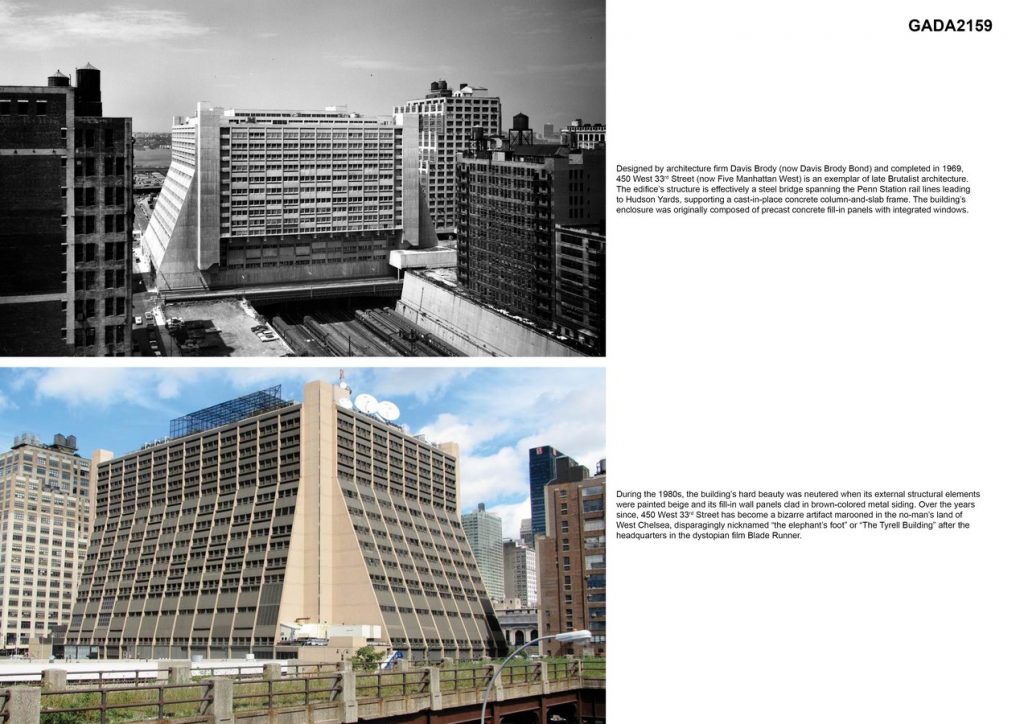
When the client first acquired 450 West 33rd Street in 2011, it had become a bizarre artifact marooned in the no-man’s land of West Chelsea, unflatteringly nicknamed “the elephant’s foot “or The Tyrell Building” after the headquarters in the dystopian film Blade Runner. To advantageously reposition the building within its new urban context—it is neighbor to the High Line, Manhattan West, and Hudson Yards—its exterior required both an aesthetic facelift and an improvement to its energy performance. In addition, the building’s public spaces, lobby, elevator cores, and building services needed to be upgraded to meet the demands of its new breed of tenants.
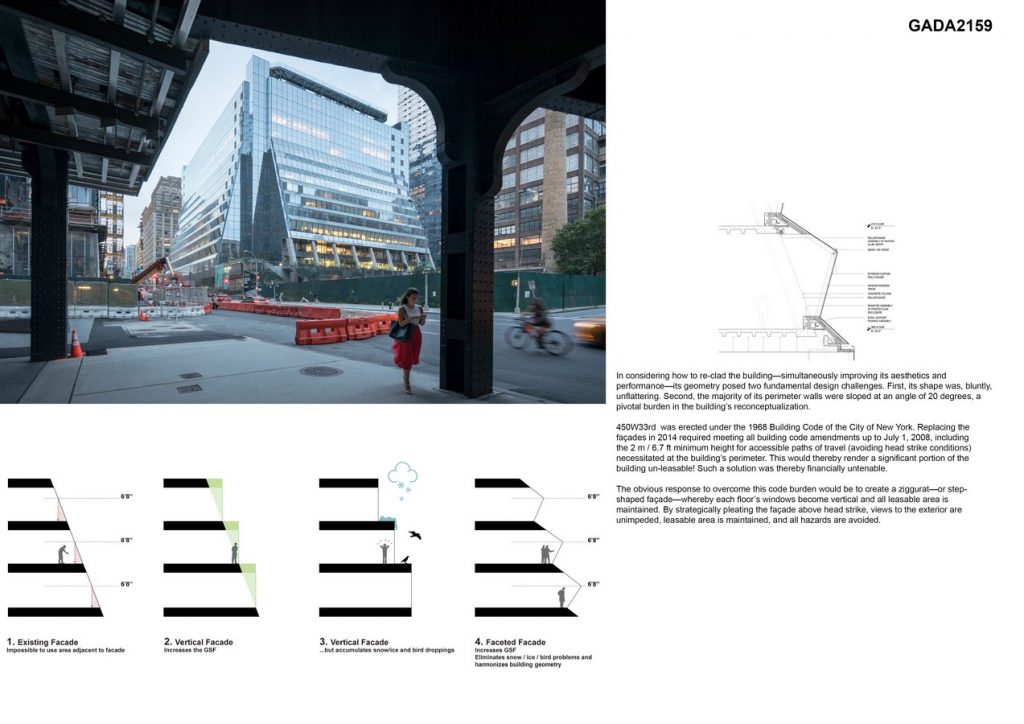
Providing unimpeded views to the city, the new pleated façade allows daylight to penetrate into the building and establishes visual connections to the surrounding urban activity. Beyond providing an aesthetic facelift, the unique geometry of the new facade self-shades the interior spaces from sun and improves energy usage via high-performance glazing with a low-E coating (U-0.38, SHCG-0.25), which reduces solar heat gain without sacrificing the visual experience of floor-to-ceiling glass on every floor. To minimize the façade’s cost, the underslung panes of the pleated façade never exceed 15 degrees from vertical, which allows the system to utilize a monolithic IGU solution.

The pleats gradually reduce in severity as they near vertical regions at the building’s top. The resulting shape suggests a shimmering cascade or a beckoning lighthouse Fresnel lens that reflects the sky. The “Fresnel” geometry creates remarkable transparency through the massive floor plates, renders the building highly transparent from street level, and breaks down its overall mass.
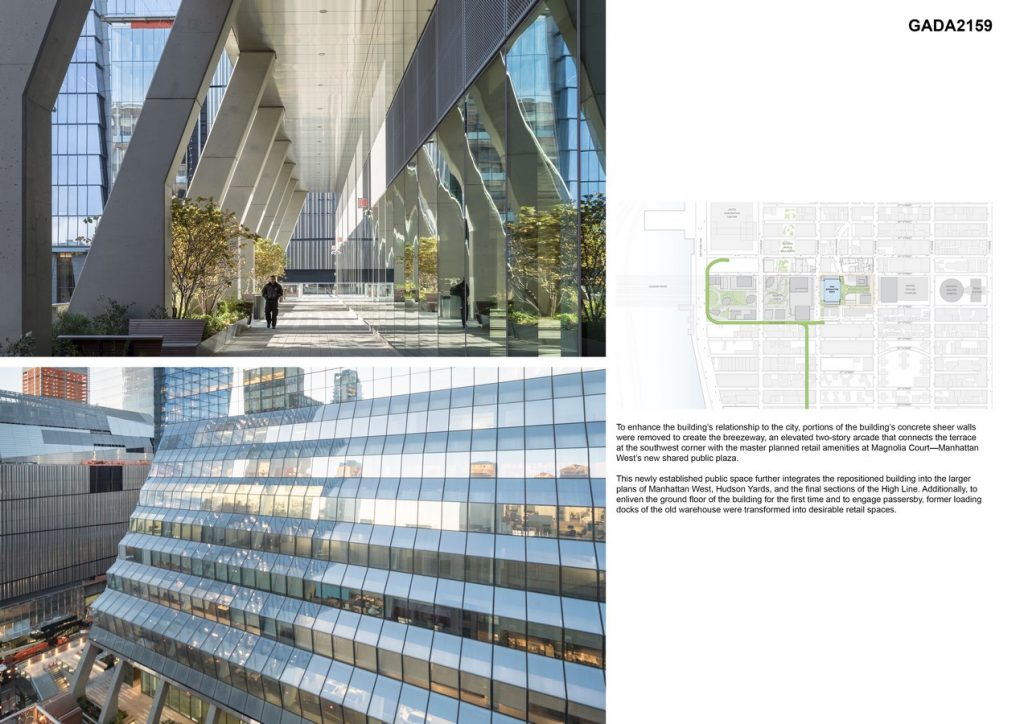
Portions of the concrete sheer walls were removed two create an elevated two-story arcade breezeway that connects the terrace at the southwest corner with Magnolia Court—Manhattan West’s new shared public plaza east of the building. Coincident with the height of the High Line, the breezeway is connected back to grade at the building’s southwest corner to allow pedestrians to bypass the inactive sidewalk from 10th Avenue to Penn Station.
Conceived as a venue for the display of the client’s art collection, the lobby provides space for contemplative experiences, featuring customized benches which were designed with ergonomic dips to allow various seating configurations and social interactions.

The repositioning and adaptive reuse of this large-scale, urban building stands to prove the plausibility of creating contemporary and competitive office stock from structures that might normally be considered for demolition.
If you’ve missed participating in this award, don’t worry. RTF’s next series of Awards for Excellence in Architecture & Design – is open for Registration.
Click Here

